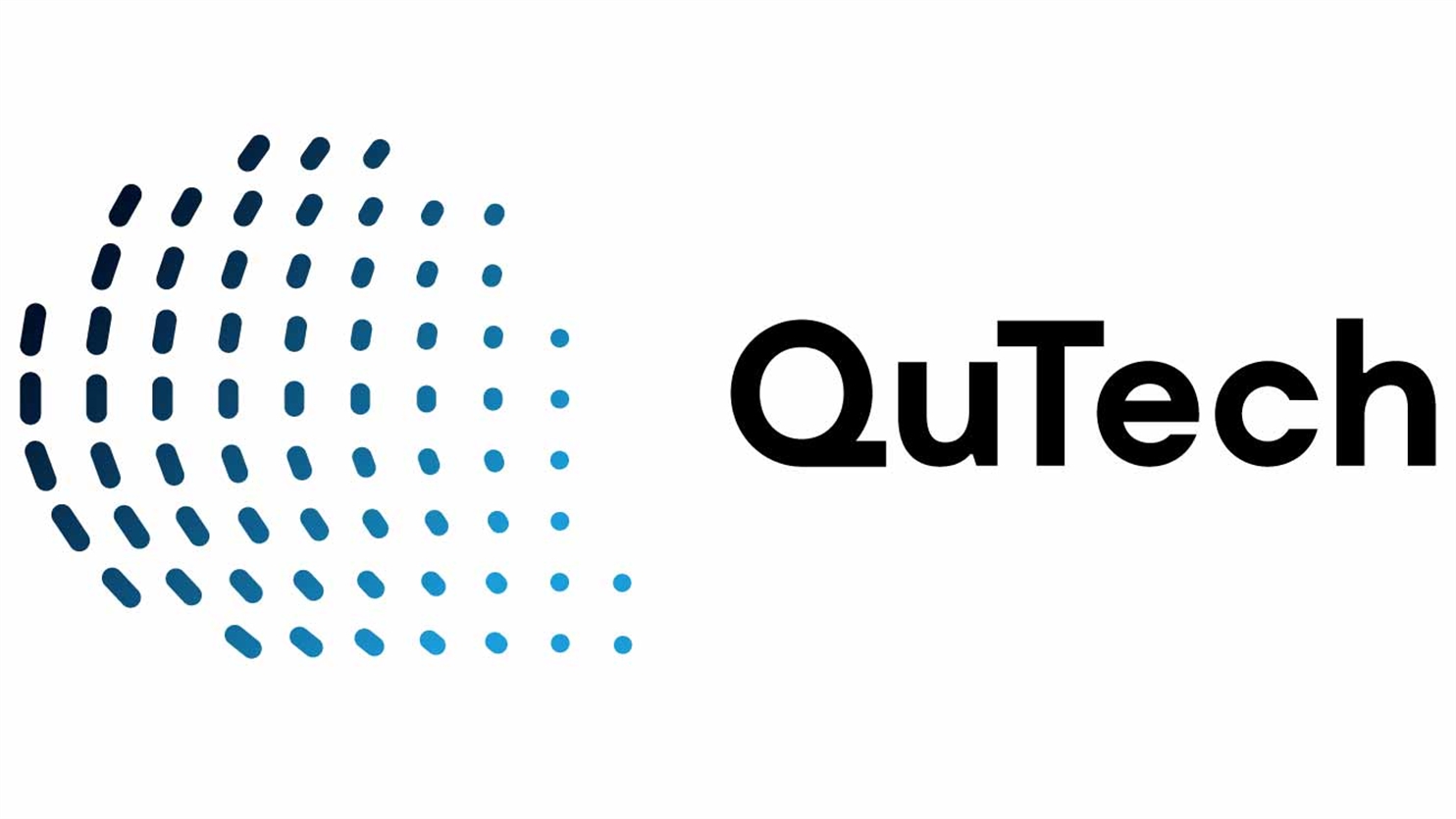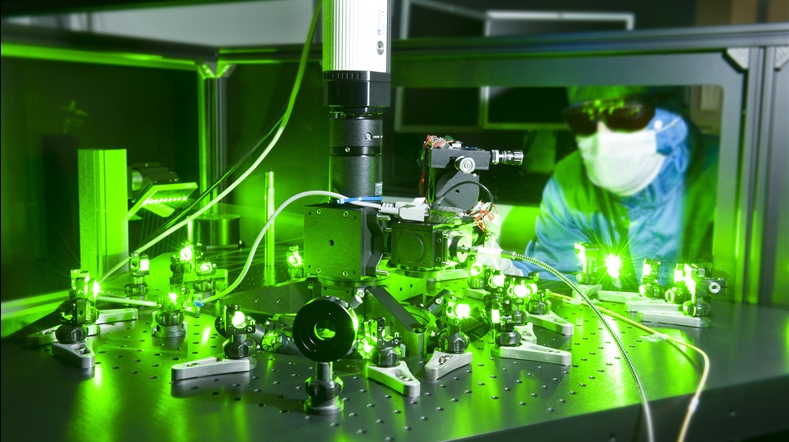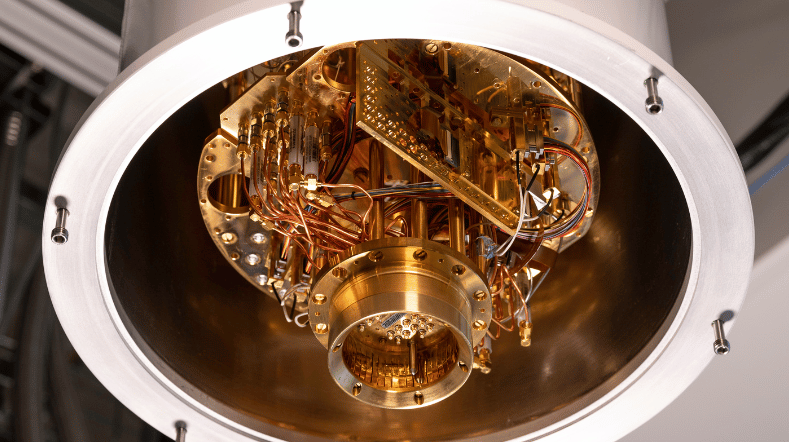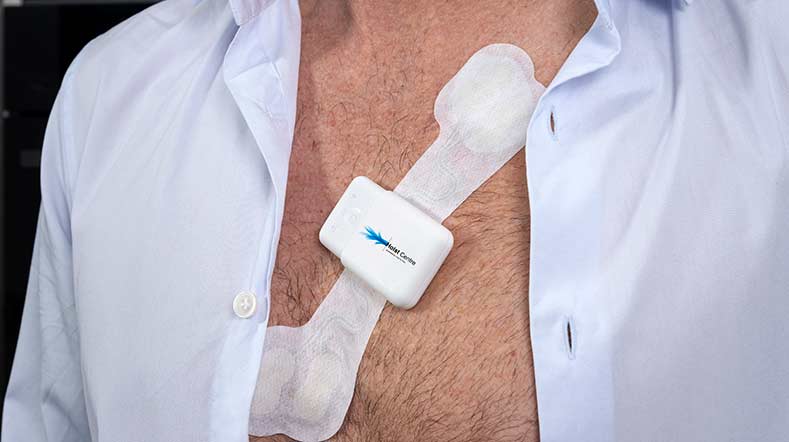QuTech Research Institute
Status project
2015 - ongoing
In cooperation with
TU Delft
After decades of research, new quantum technologies show potential to change many technological fields, from imaging to computation, as well as to profoundly affect many societal issues such as health and security. That is why countries and industries around the world are striving to stay ahead of developments in the quantum field. It is this development that led to the foundation of QuTech in The Netherlands.
QuTech is a mission-driven research institute that focuses on the development of these quantum technologies. It was founded in 2014 by Delft University of Technology (TU Delft) and TNO to work on a radically new technology with world-changing potential. QuTech’s mission: to develop scalable prototypes of a quantum computer and an inherently safe quantum internet, based on the fundamental laws of quantum mechanics. To achieve these ambitious goals, we bring together scientists, engineers and industry in an inspiring environment.
Today, around 100 TNO employees, mainly scientists and engineers, are active within QuTech; most of these are involved part time to bring in expertise from other industries. In total, QuTech employs 300 fte, of which over two thirds are scientists and engineers.
Mission-driven divisions for quantum computing and quantum internet
The research and engineering activities within QuTech are organized along three mission-driven divisions:
- Qubit Research, which focuses on the development of robust quantum devices: quantum bits that are intrinsically protected by the underlying physical principles.
- Quantum Internet, which aims to develop technologies to enable quantum communication which could be used to provide a fundamentally secure way of communication, in which privacy is guaranteed by the laws of physics.
- Quantum Computing, which realizes the promise of a quantum computer by developing different layers of hardware and software, together referred to as the quantum computing stack.
Demonstrators: Playing with quantum technology
One of the dreams of QuTech is to make quantum technology accessible to a wider audience and future users. Giving potential users the ability to ‘play’ with the technology will help to educate users, test the interoperability of the components, develop new applications, products and services, and to generate the required market pull for commercialization. Current demonstrator projects include:
- Quantum Inspire, which is Europe’s first quantum system that is accessible for public use.
- Quantum Network Explorer, which will be the first step towards a world-wide quantum internet.
Industry collaborations
To deliver on the promise of developing scalable prototypes of a quantum computer and an inherently safe quantum internet, QuTech collaborates with industry partners. A few examples of QuTech’s collaborations:
- QuTech works with spin-out QBlox on qubit control electronics.
- Together with ABN AMRO, QuTech investigates advanced quantum key distribution to ensure optimally secured data traffic and making online and mobile banking future-proof.
- QuTech collaborate with KPN on realizing a Dutch quantum internet testbed.
- QuTech has long-standing collaborations with Intel and Microsoft. The collaboration with Microsoft was intensified in 2019, by the establishment of a Microsoft research lab in Delft.
- Spin-out Orange Quantum Systems was launched in 2020. They support R&D labs with custom characterization and calibration software, and develop customized full-stack setups for R&D into quantum computing.
- Fraunhofer ILT in Aachen and QuTech signed a collaboration to build an efficient frequency converter for quantum communication, as a subsystem in our quantum internet nodes.
- Fujitsu and QuTech signed a collaboration to combine efforts in a multi-year research project. The aim of the project is to develop a blueprint for a modular quantum computer, based on diamond spin qubits. By joining forces, both parties seek to stay at the forefront of quantum technology.
- KPN, SURF, OPNT and QuTech launched a collaboration designed to make significant progress in building a first-ever quantum network connecting the Randstad (the main metropolitan region in The Netherlands). The project will focus on connecting different quantum processors, which are a significant distance apart, over a Dutch network.
Are you ready to make a difference and be part of a European leader in Quantum Technology? TNO is hiring. For more information check out our vacancies.

Get inspired
TNO Semicon Innovation Day 2024
A partnership built on the dream of EUV success


SES-led EAGLE-1 onboards TNO and Airbus to deliver ground station for Quantum Key Distribution


TNO’s 2030 view: Ushering in the Quantum Era


Monitoring your health using light: TNO designs wearable optical sensors


